Design is not a self-serving self-expression: Ashwini Deshpande
The advertising industry has been offering design as part of the overall advertising services to their clients. There was no scientific process that was followed by agencies to create a brand identity or packaging as part of the design services. Then there were very few design schools which had specialised courses in design and the challenge was that there was no clear road map for a career in the design field as the market was very nascent. Even clients did not see the full value of the design company to get their designs created.
Also read: eBay is encouraging Indian MSMEs to leverage the demand opportunity: Pavan Ponnappa
However, during the late 80’s, when Ram Ray returned from the US, he set up the first full-fledged design company called Ray+Keshavan with Sujata Keshavan and introduced certain science and processes and brought in a new approach and thinking to design. Even a great amount of research was introduced to draw useful insights to develop designs which stood out in the marketplace.
But as we entered the 90’s and with the opening up of the economy, design played a very integral role in a brand’s journey – right from naming the brand to packaging. More and more brands and corporates started to realise the power and value of design and started approaching specialised design companies for their design work. A couple of foreign design companies from the advertising network also entered India and today, design as a business and career has seen a significant change.
To get a clearer perspective and deeper insight on design as a profession and how it has evolved in the last two decades, Adgully caught up with Ashwini Deshpande, Co-Founder & Director, Elephant Design, on how her company has grown and how design has emerged as a highly specialised field.
While design and brand identity have always been a part of advertising, in the last two to three decades design has evolved and become very intrinsic in the journey of every brand. Can you share your views on the same?
Before the liberalisation of businesses in India, there was low perceived need for building strong brands because consumers had limited choices and the focus was on manufacturing goods that would try to catch up with their international counterparts. Building differentiated products or services was not the perceived need at that point. Television did not have a wide reach. It was also a time when India had only two institutes for design education and they would barely bring out 15-odd communication design graduates every year. Till 1990s, advertising agencies could service the limited needs of creating logos & wrappers and annual reports without any specific specialised inputs. However, much of this changed as global brands found India as an attractive market and due to liberalisation, Indian companies found themselves competing against the best in the world. This necessitated improvements & differentiation. This is when designers stepped in with user-centricity and creativity by building unique and differentiated values within the product, service, brand identity & visual ethos. Today, mature marketeers as well as advertising agencies understand the acute need of specialised focus on building brands grounds up. They value the strategic design inputs that can take the brand a long way in the right direction in a collaborative manner.
What do you look in a brief from a client while creating a brand-new product right from the product design? How important is research here and what is the role of research?
The best case scenario in a brief is to actually have an insight-led, user focused offering, be it product, service or an experience. But if there isn’t sufficient information about the users in a brief, user research becomes extremely critical. It is the key to understanding aspirations, hopes and gaps in a user’s life. Role of research is to point sharply towards user-relevancy. Design without research would be like art. A self-serving expression. It may look delightful, but may not work for the purpose.
Design is not just logos. The canvas has become larger and wider and there is more opportunity for designers to show their talent and expertise. Please throw some light on this and the opportunities available.
Design has NEVER been just logos. Unfortunately, when seen through an advertising lens, logos are all one can notice. Visual communication is just one stream of design where visual identities, packaging and key visuals are brought to life. Product designers design appliances, medical devices, electronic gadgets and all things 3D using their knowledge & training in materials & processes, UX designers bring apps, games & digital media to life, Space designers build experiences through branded spaces, retail experiences & so on. There are ceramic designers, textile & apparel designers and also furniture & interior designers. As Elephant has always been a multi-disciplinary design consultancy, we have always played on a large format canvas. There is so much value to be created through design that there is no dearth of opportunities for anyone who genuinely wants to make a difference.
The power and characteristics of colours play a significant role in lifting the face of any design. How do you go about choosing colours and then blend it to the design to give that distinct identity for any design be it a brand identity or a product design?
In any visual expression, we notice elements in the following order:
- Colour
- Shape
- Illustration/ picture/ texture
- Words
These really are the semiotic principles for designing any visual expression. Good design is balance of all these to convey the desired message. Every colour evokes certain values, moods & emotions for specific target sets. Choice of colour is based on category codes, unique values of the brand and degree of differentiation desired.
As a design expert and consultant, do you follow any process that will help you deliver the best output? So, to get the best results or output is there any design mantra you follow?
Absolutely. Like I said earlier, design is not a self-serving self-expression. It is always an answer to a brief with a unique challenge identified for set of people. Whether it is for a product, service or experience, whether the output is physical or digital, carefully orchestrated process is the only way to land on the feet. 1. Discover all there is about the business, offering, target audience, competition, technology, 2. Define or redefine the challenge, 3. Develop ideas & detail them for execution and finally 4. Help deploy them... that is the broad design process. It gets detailed or modified based on how nuanced the ask is. There is no short-cut to getting it right.
Is there a shelf life for designs? Today, ROI and performance is spoken on every marketing and communication that happens. So, how does one evaluate the performance of a design and its impact in the marketplace?
This is a very difficult question to answer. Design community has not yet found strong tools to establish the exact ROI. But with Association of Designers of India (ADI) gaining momentum across the country, this and similar questions should have a concrete answer in the coming years. As the audience evolves, so should the design in any case.
With lockdown and WFH home still continuing, how have you been collaborating and engaging with your team and clients? Any challenges that you have come across?
As designers, we are trained to navigate uncertainty and ambiguity to arrive at solutions for challenges. You have to know that Elephant is located in Pune, with absolutely no client in sight for about 150 km for all of its 31 years of existence. Which means our teams and client teams are used to communicating and working with each other remotely, with minimum number of in-person meetings. So, we have no challenge on that count. However, design is a highly collaborative, co-creative process. Designers are used to building on each other’s ideas in a very spontaneous manner. So, the biggest change is lack of vibe that creative people thrive on.




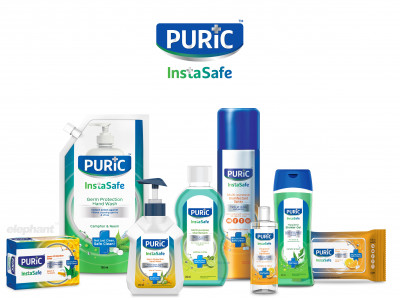

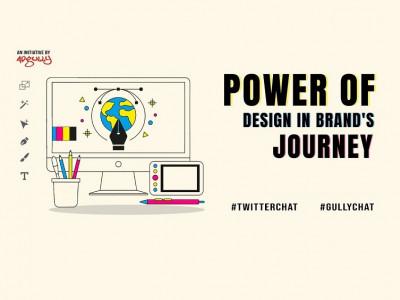

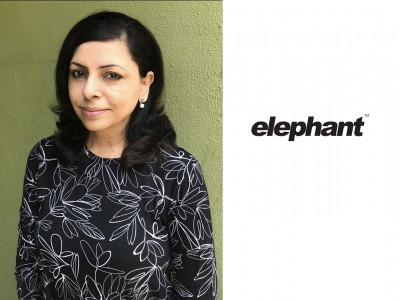
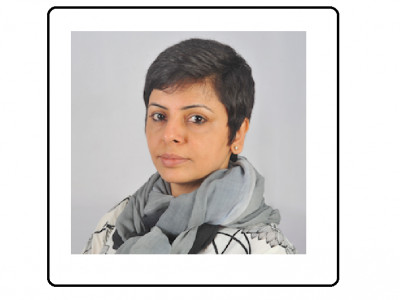


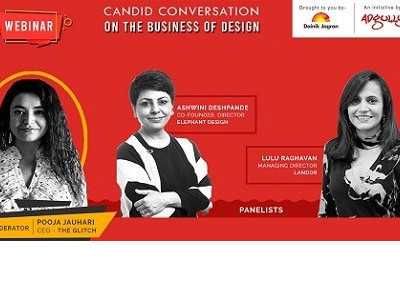

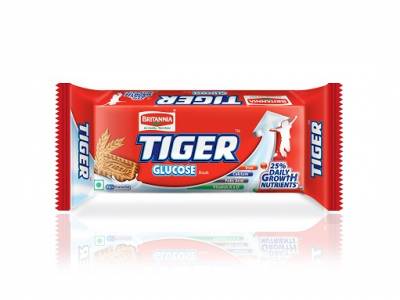

Share
Facebook
YouTube
Tweet
Twitter
LinkedIn